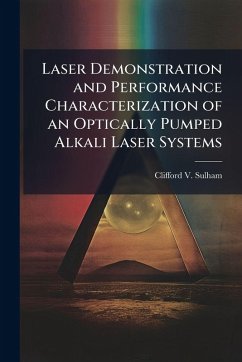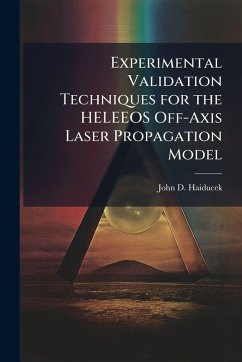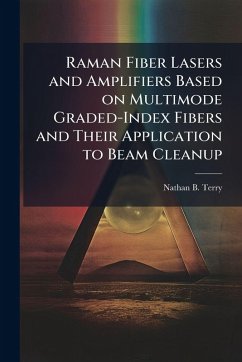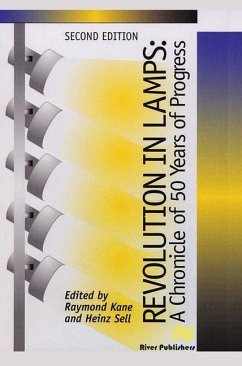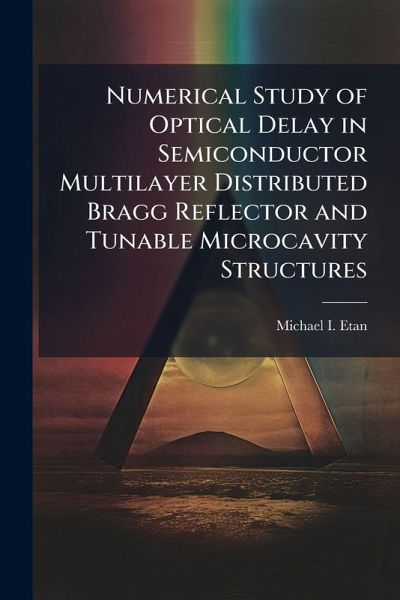
Numerical Study of Optical Delay in Semiconductor Multilayer Distributed Bragg Reflector and Tunable Microcavity Structures

PAYBACK Punkte
9 °P sammeln!
The Air Force has a growing need for the greater bandwidth, speed, and flexibility offered by optical communication links. Future space systems and airborne platforms will most likely use optical signals for efficient power transmission and to minimize the possibility of spoofing and eavesdropping. Tunable optical delays play an important role in the implementation of free space optical communication links. The primary challenge in implementing these systems is the active maintenance of coherent wave fronts across the system's optical aperture. For space applications, this aperture may be hund...
The Air Force has a growing need for the greater bandwidth, speed, and flexibility offered by optical communication links. Future space systems and airborne platforms will most likely use optical signals for efficient power transmission and to minimize the possibility of spoofing and eavesdropping. Tunable optical delays play an important role in the implementation of free space optical communication links. The primary challenge in implementing these systems is the active maintenance of coherent wave fronts across the system's optical aperture. For space applications, this aperture may be hundreds of meters in diameter. Spatial segmentation of a large aperture into smaller elements is one approach that can be used to solve the problem of coherent waveform maintenance. In this research I explore three methods of achieving electrically tunable optical delay in a semiconductor structure. My first approach entails the use of multiple quantum wells inserted within the high index layers of a distributed Bragg reflector (DBR) to produce tunable optical delay when a transverse electric field is applied across the entire DBR. The second approach uses a cantilever mounted on top of a DBR structure. The cantilever is also a DBR and is used to vary the thickness of an air gap within the structure. A third approach relies on changing the angle of incidence of light on a DBR structure to produce a delay. This work has been selected by scholars as being culturally important, and is part of the knowledge base of civilization as we know it. This work was reproduced from the original artifact, and remains as true to the original work as possible. Therefore, you will see the original copyright references, library stamps (as most of these works have been housed in our most important libraries around the world), and other notations in the work. This work is in the public domain in the United States of America, and possibly other nations. Within the United States, you may freely copy and distribute this work, as no entity (individual or corporate) has a copyright on the body of the work. As a reproduction of a historical artifact, this work may contain missing or blurred pages, poor pictures, errant marks, etc. Scholars believe, and we concur, that this work is important enough to be preserved, reproduced, and made generally available to the public. We appreciate your support of the preservation process, and thank you for being an important part of keeping this knowledge alive and relevant.




